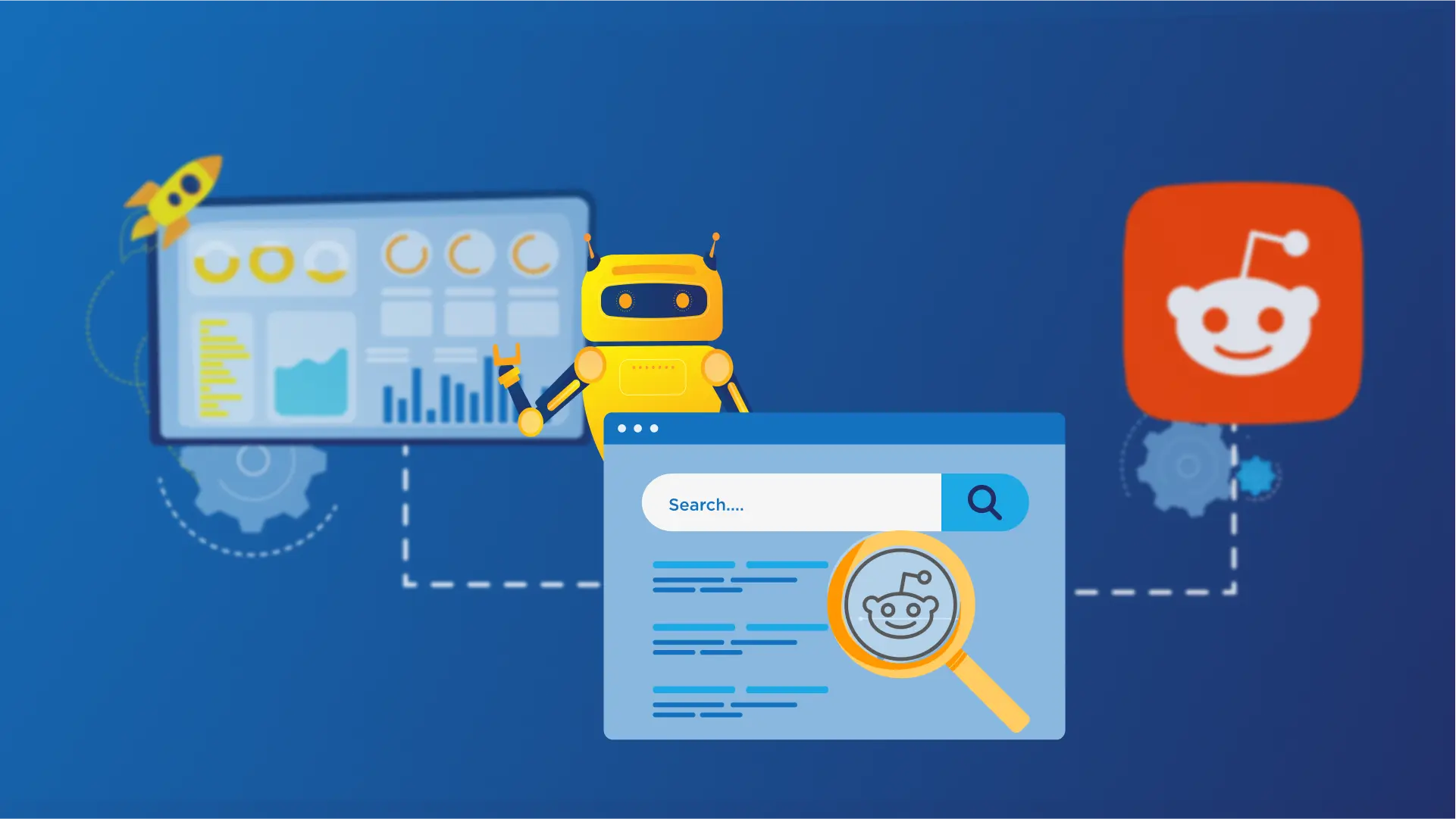How to Write Blog Posts That Rank Without Using AI

💡 Introduction: Real Writers Still Rule in 2025
In 2025, while AI-generated content floods the internet, human-written blogs are standing out — not just for readers, but also for Google. Why?
Because real experiences, natural tone, and personalized insight can’t be mimicked perfectly by machines. If you’re building a blog to rank, connect, and earn, this guide will show you how to write quality posts — all without relying on AI tools to write for you.
Let’s break down the step-by-step strategy.
🧠 Step 1: Choose the Right Keyword (That Humans Search For)
Your post won’t rank if it’s about something no one is searching. Start with:
-
Low competition, long-tail keywords
-
Tools: LowFruits.io, Ubersuggest, Google’s “People Also Ask”
Example:
Instead of targeting “blogging tips,” go for:
✅ how to write a blog post without AI in 2025
✅ is human content better than AI content for SEO
Pick keywords with search intent — what the user really wants to know.
✍️ Step 2: Write Like You’re Talking to a Friend
The biggest SEO trick? Be helpful. Be real.
Google wants “people-first content.” Write as if you’re helping a friend who asked for your advice.
💬 Use simple language
🧩 Break complex ideas into steps
✅ Share what you know from experience
Avoid robotic structure. Use humor, emotion, and natural phrasing — that’s what keeps people engaged and makes content “sticky.”
🧱 Step 3: Use a Clean, SEO-Friendly Structure
Structure helps Google and your readers. Here’s a go-to format:
-
H1: Blog title
-
Intro: Hook + value promise
-
H2s: Logical steps or sections
-
H3s: Subtopics, tools, tips
-
Summary / takeaway
-
FAQ section
-
CTA (comment, read next, share)
Pro Tip:
Use short paragraphs (2–3 lines max), bullet points, and plenty of white space.
🔗 Step 4: Add Internal & External Links (Strategically)
Linking helps Google understand your topic depth.
-
Internal links: Send traffic to your own blog posts
Example: Linking to your “How to Start a Micro-Niche Blog in 2025” post -
External links: Add value with trusted sources
Example: Google SEO documentation, Moz, HubSpot, Neil Patel, etc.
✅ Don’t overdo it. Use 1–2 internal links + 2 high-quality outbound links.
🖼 Step 5: Add Original or Personalized Images
Use custom images from Canva, screenshots, or your own graphics. Google rewards originality.
-
Use descriptive file names
-
Add alt text with your main keyword
-
Optimize image size for faster loading
Example alt text:
“Writer working on a blog post without AI tools”
📋 Step 6: Write a Click-Worthy Title & Meta Description
Your title and meta are what users (and search engines) see first.
SEO Blog Title:
How to Write Blog Posts That Rank Without Using AI (2025 Guide)
Meta Description:
Want to stand out in 2025? Learn how to write blog posts that rank on Google without using AI. Step-by-step strategy for human content creators.
📈 Step 7: Publish, Monitor & Update Regularly
Publishing isn’t the end. Here’s what to do post-publish:
-
Submit the URL to Google Search Console
-
Watch impressions/clicks over 30–60 days
-
Update stats, tools, and info every 3–6 months
The more relevant your blog remains, the more likely it is to hold or grow its rankings.
📣 Bonus: Add a Call to Action (CTA)
At the end of each post, guide the reader:
-
Ask them to comment
-
Suggest another blog post
-
Invite them to join your newsletter or download a free guide
🙋♀️ FAQ – Blogging Without AI in 2025
Q1: Can human-written content still compete with AI blogs in 2025?
Absolutely. Google is getting better at identifying AI-generated fluff. Human content with real experience, examples, and unique tone still ranks — and often better.
Q2: How do I make sure my content doesn’t look like AI wrote it?
Write with personality. Use personal stories, opinions, and naturally flowing sentences. Don’t over-optimize. Use contractions, rhetorical questions, and real-life examples.
Q3: Do I need to use AI detectors?
They can help check content tone and originality, but focus more on being genuinely helpful and natural. If your post sounds like you, you’re on the right track.
Q4: Will AI-generated posts get penalized by Google?
Google doesn’t punish AI content by default, but it does downrank low-quality, unoriginal, or keyword-stuffed content. Human posts tend to pass the quality test more often.
💬 Final Thoughts
In 2025, standing out online means going against the flood of robotic content. By choosing smart keywords, writing like a real human, and providing actual value — you not only rank better, but build something lasting.
Skip the shortcuts. Write with purpose. And your readers (and Google) will reward you.
More Read: How to Write Blog Posts That Actually Rank in 2025 (Proven Format)










